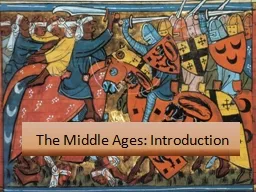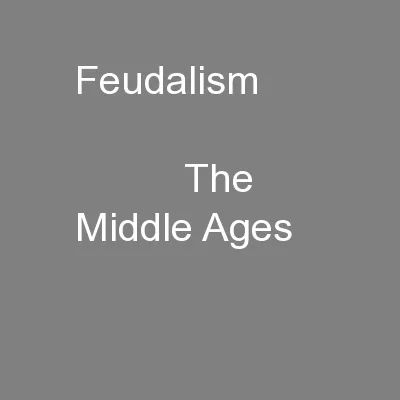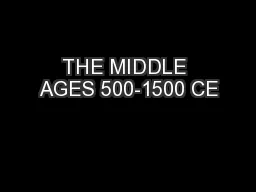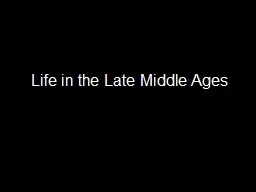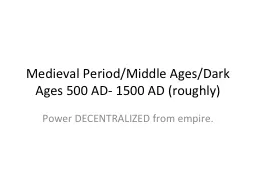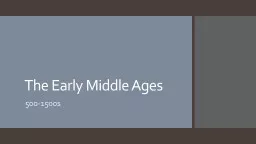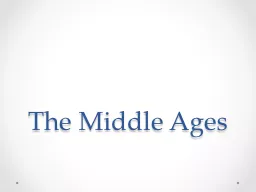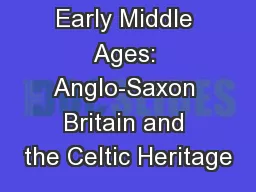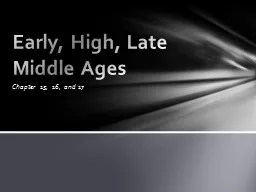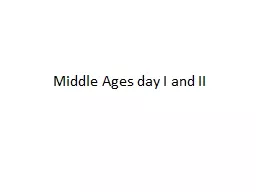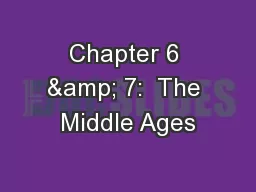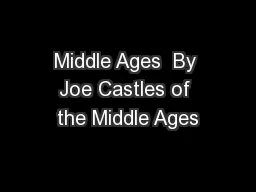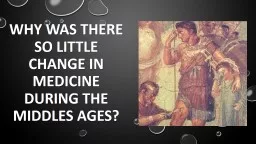PPT-The Middle Ages: Introduction
Author : min-jolicoeur | Published Date : 2016-05-29
Vocabulary Middle Ages Castle Chivalry Vassal Knight Feudalism Fief Lord Serf Manor Coat of Arms What was the Middle Ages the Middle of The Middle Ages was the period
Presentation Embed Code
Download Presentation
Download Presentation The PPT/PDF document "The Middle Ages: Introduction" is the property of its rightful owner. Permission is granted to download and print the materials on this website for personal, non-commercial use only, and to display it on your personal computer provided you do not modify the materials and that you retain all copyright notices contained in the materials. By downloading content from our website, you accept the terms of this agreement.
The Middle Ages: Introduction: Transcript
Download Rules Of Document
"The Middle Ages: Introduction"The content belongs to its owner. You may download and print it for personal use, without modification, and keep all copyright notices. By downloading, you agree to these terms.
Related Documents

